
The ship that heard the last words of Nelson
When you step aboard HMS Victory in Portsmouth, you’re not just walking onto a ship. You’re stepping into a floating time capsule — one that carries the echoes of cannon fire, the smell of gunpowder, and the last words of Britain’s most famous admiral.
Victory was conceived in the heat of the Seven Years’ War (1756–1763), when Britain sought to outmatch France and Spain with a fleet of massive first-rate warships. Designed by Sir Thomas Slade, one of the era’s great naval architects, Victory was to be the largest and most powerful vessel of her time — a floating fortress built for the Royal Navy. Construction began at Chatham Dockyard, Kent, in 1759, and took six years. She was finally launched on 7 May 1765. Though launched in splendour, she lay in reserve for over a decade before entering active service in 1778 during the American War of Independence.
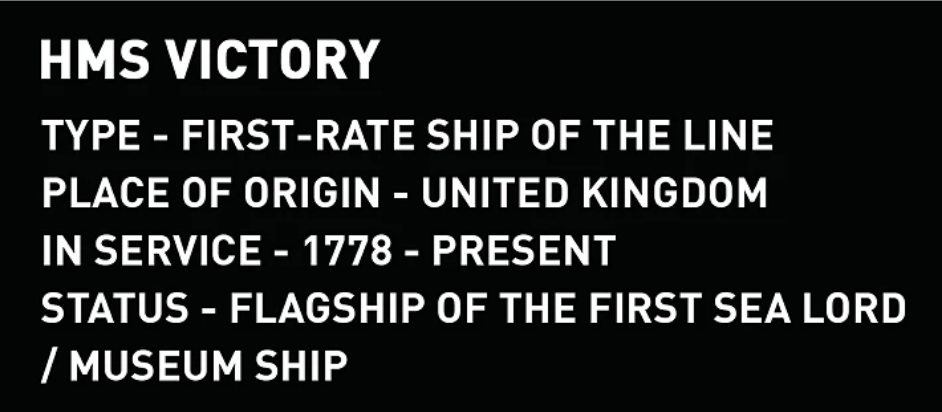
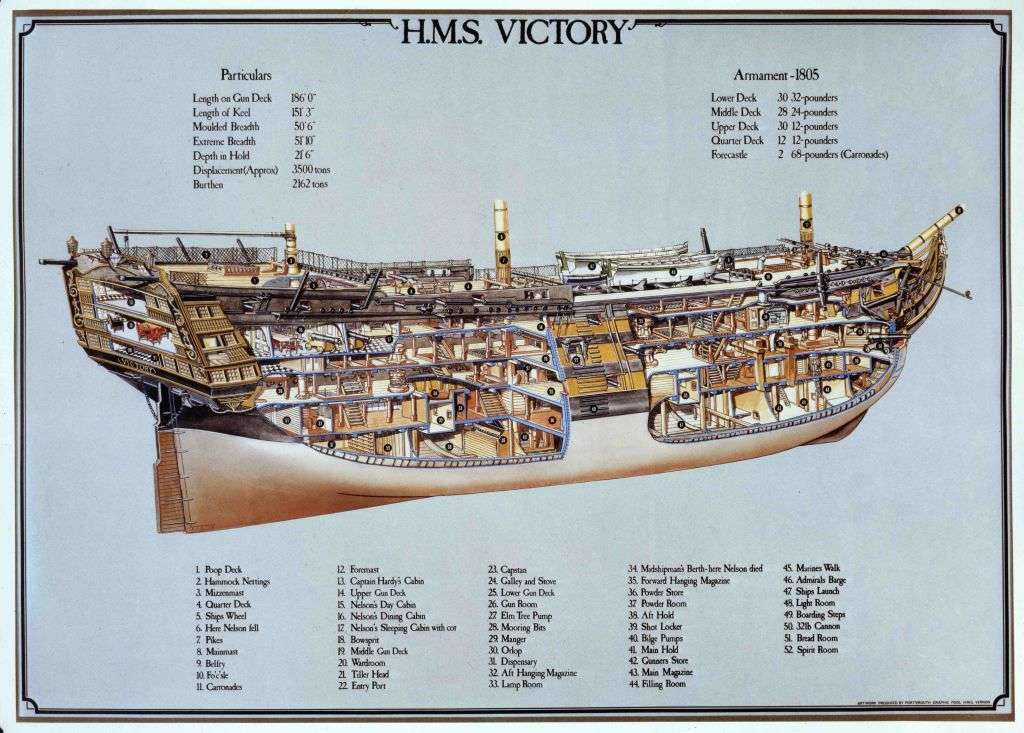
Sizing up HMS Victory
Length: 69 m (227 ft)
Beam (width): 15.8 m (52 ft)
Mainmast height (above waterline): 62.5 m (205 ft)
Mainmast height (above waterline): 62.5 m (205 ft)
Displacement (weight): Over 3,500 tonnes
Top speed: Up to 11 knots (20 km/h / 12.7 mph)
Hull material: English oak
Masts and spars: Baltic pine
Battles that made history
Over her long service, Victory undertook six major sea voyages, saw five great battles, and played a decisive role in cementing Britain’s command of the seas.
She fought at:
-
Cape St. Vincent (1797) – where Nelson led a daring boarding action.
-
Copenhagen (1801) – when Nelson famously put the telescope to his blind eye.
- Trafalgar (1805) – her most famous hour, when she led the line and secured Britain’s naval supremacy.
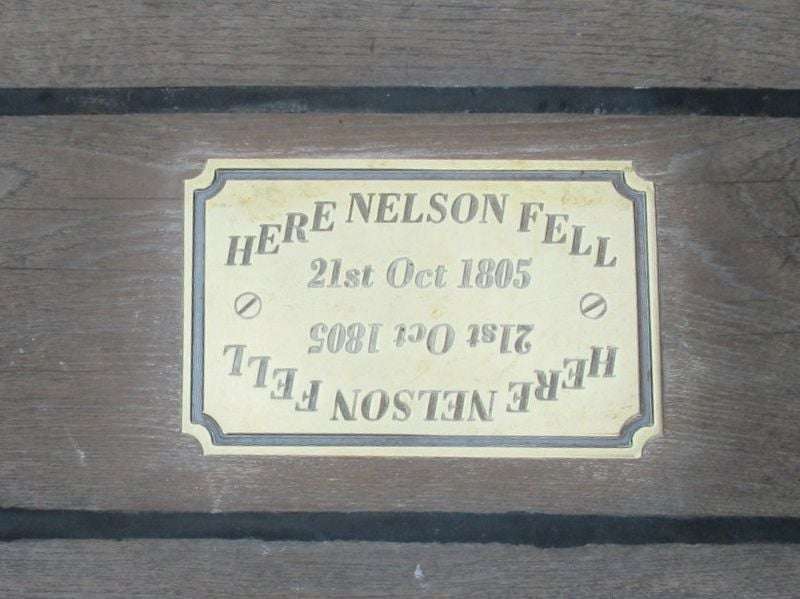
FACT
On 21st October 1805, during the Battle of Trafalgar, Nelson, aged 47, fell to a sniper’s musket ball and breathed his final words: "God and my country". A plaque on HMS Victory marks the spot where he fell.
Decline and rescue of HMS Victory
Yet Victory is also a tale of survival. Despite being battered by time, she avoided the fate of so many wooden warships thanks to campaigns by admirals, politicians, and ordinary citizens. By 1765 the ship had undergone five major repairs; she had been almost completely rebuilt by the time of the Battle of Trafalgar in 1805
Her later life was less glorious. By 1812 she was too old and frail for frontline duty and was withdrawn from active service. For much of the 19th century she lingered in Portsmouth Harbour, reduced to serving as a depot, a prison hulk, and later a training ship. By the 1880s she was in a shocking state of decay, and more than once she was nearly scrapped. Public outcry saved her, and in 1922 she was finally moved into dry dock to be preserved for the nation.
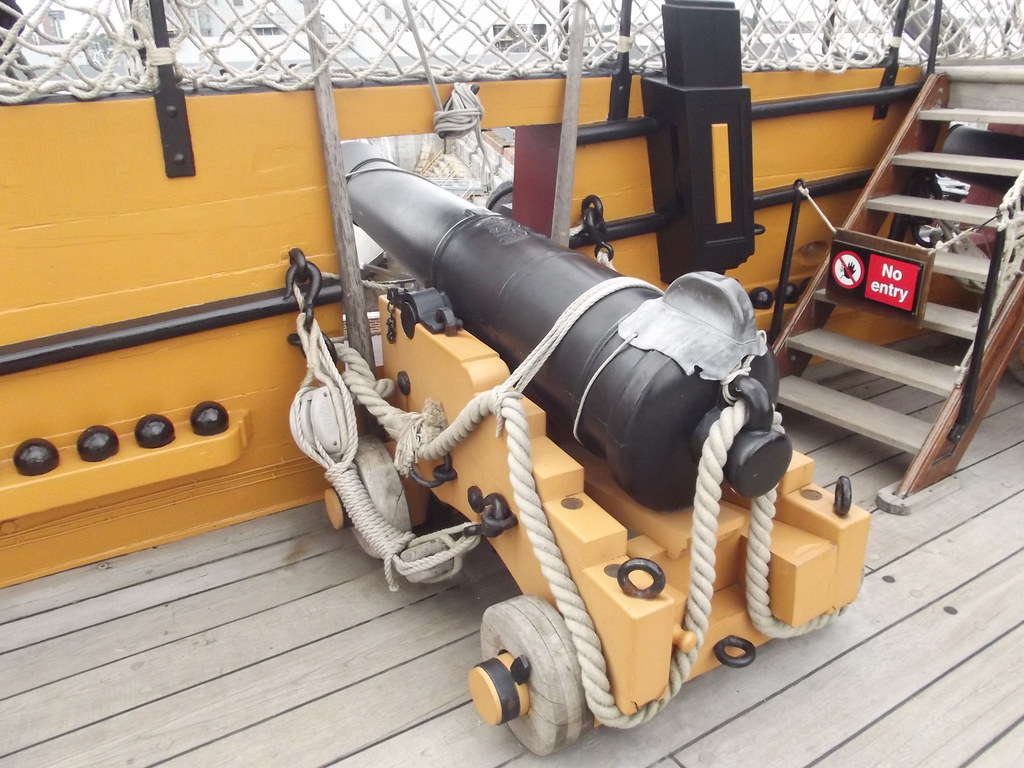
FAST FACTS
- HMS Victory is over 260 years old.
- She cost £63,000 to build or about £740 million in today's money.
- It took 150 men to build her
- 6,000 trees were used in her construction, 26 miles of rope and 768 pulley blocks are needed to rig the ship
- She has 104 guns
What makes HMS Victory special?
What made Victory truly special was not just her size but her story. She was the largest and most powerful warship of her age, a masterpiece of design that blended firepower and manoeuvrability. She carried Britain through some of its most defining naval battles and became the stage for Nelson’s immortal triumph and sacrifice. She was a symbol of our nation’s naval supremacy, outlasting hundreds of her contemporaries, and remains the oldest commissioned warship in the world. Most of all, she embodies the human drama of the age of sail — from the thunder of her broadsides to the daily grind of 820 men living on beer, hardtack, and hope.
FUN FACT
To keep a crew of 820 going, each sailor was issued a daily ration of one gallon of beer (8 pints) — meaning the crew consumed around 820 gallons every single day!
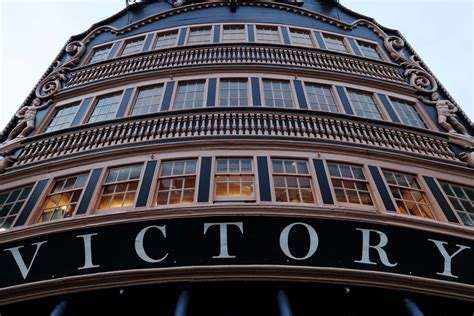
WWII FACT
On March 10th 1941 a German air raid over Portsmouth saw a 240kg bomb fall between the ship's side and the wall of the dry dock. The resultant explosion destroyed two of the ship's support cradles and a 15' section of keel.
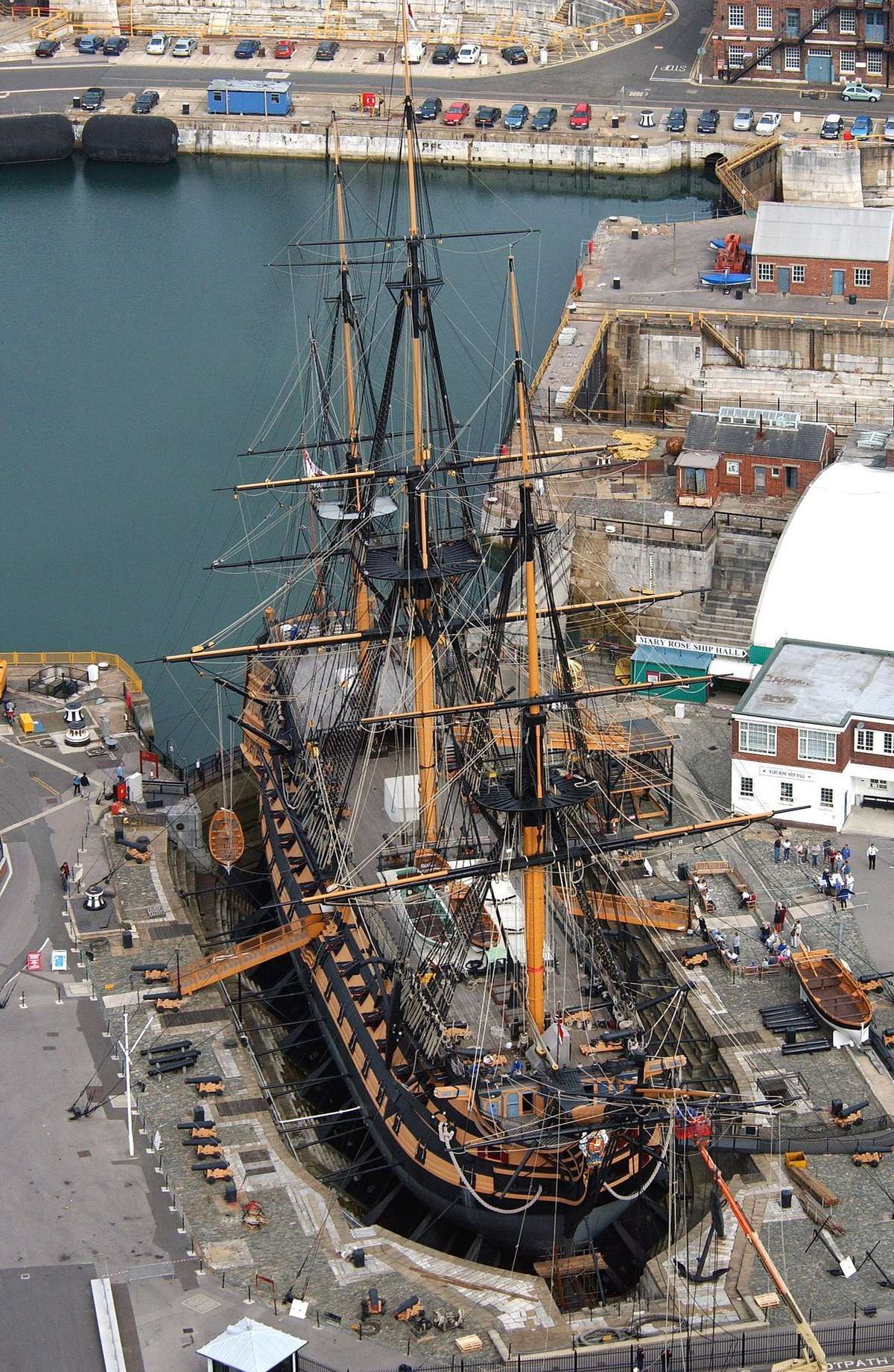
FACT
Since she was officially opened to the public in 1928, more than 30 million people have visited the ship. Today, 350,000 visitors a year climb her gangplank to walk where history was made.
Building HMS Victory at home!
Now you can experience HMS Victory like never before. Recreate Nelson’s Trafalgar flagship from the comfort of your own home in 2,517 COBI bricks while reflecting on her history, battles, and legacy - piece by piece. This fantastically detailed, 1:144 scale model, which includes fabric sails and printed bricks (no stickers), is due for release next week (26th September) and we expect to have it in stock early to mid October.
Like the Flying Scotsman, this is one of those rare and iconic British models from COBI you won't want to miss.
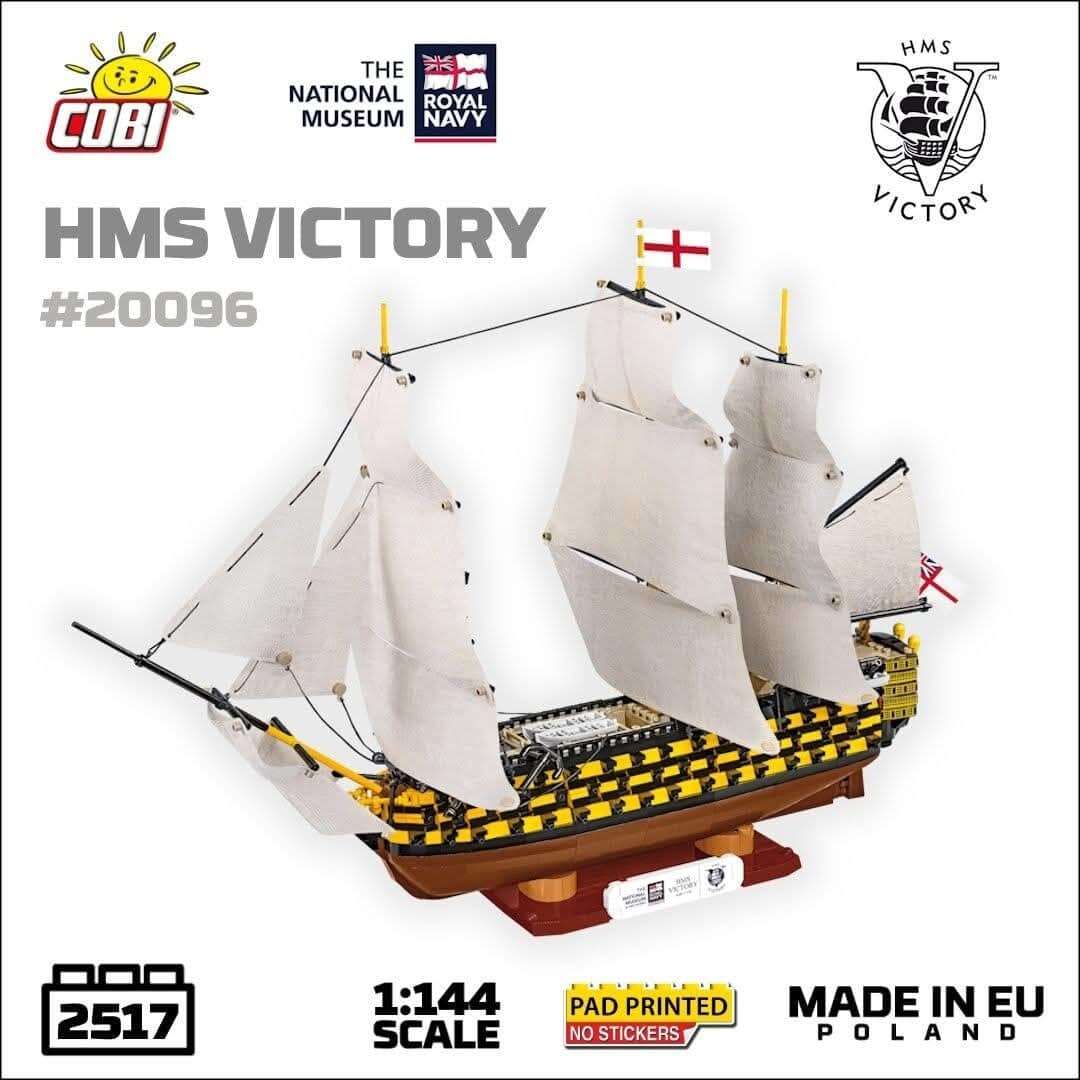
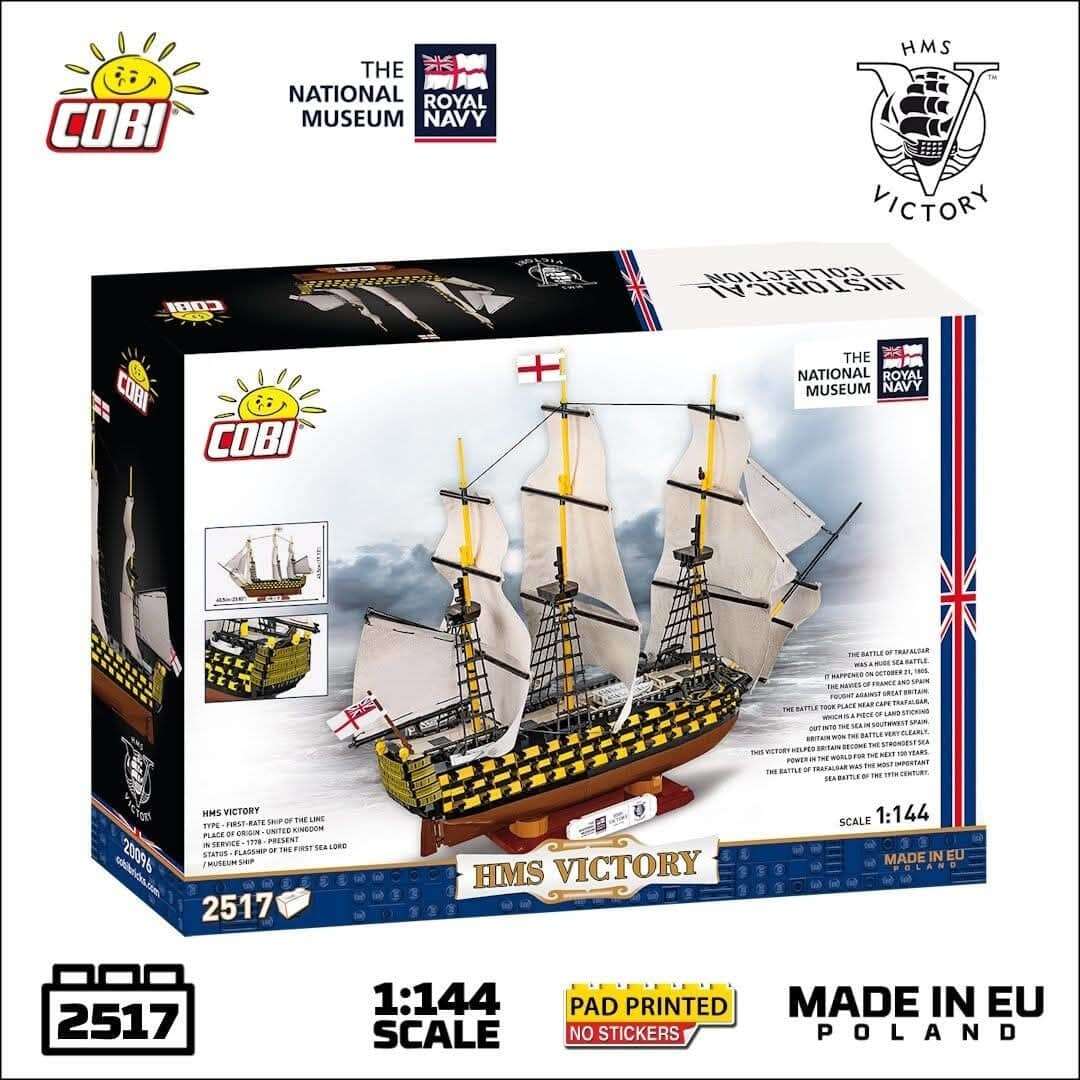
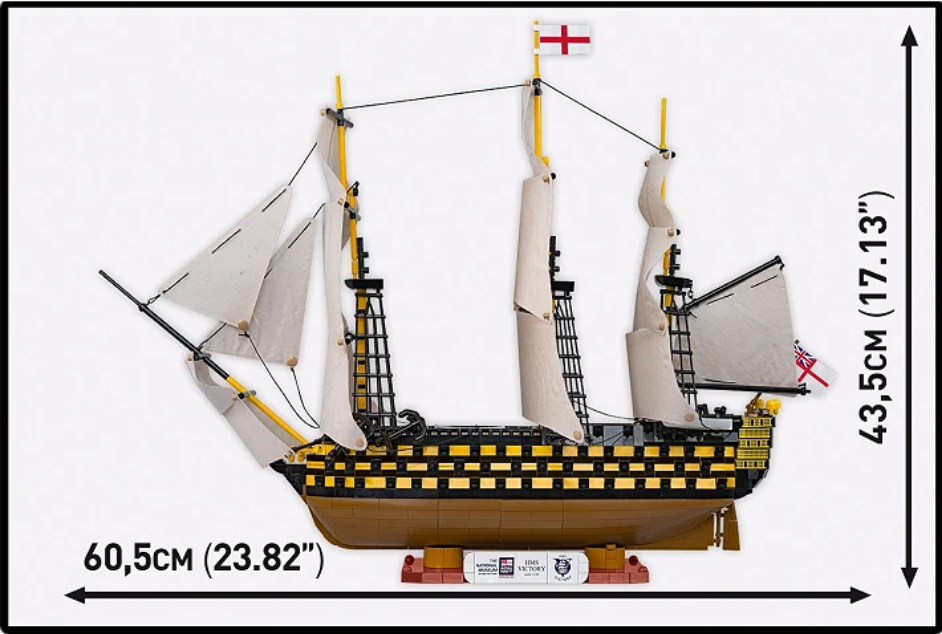
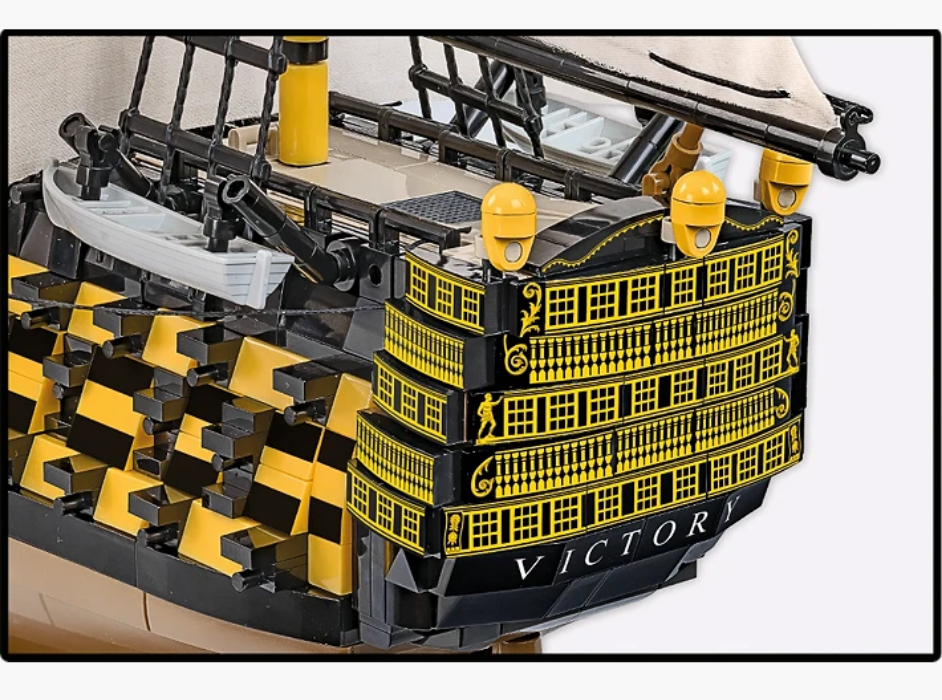
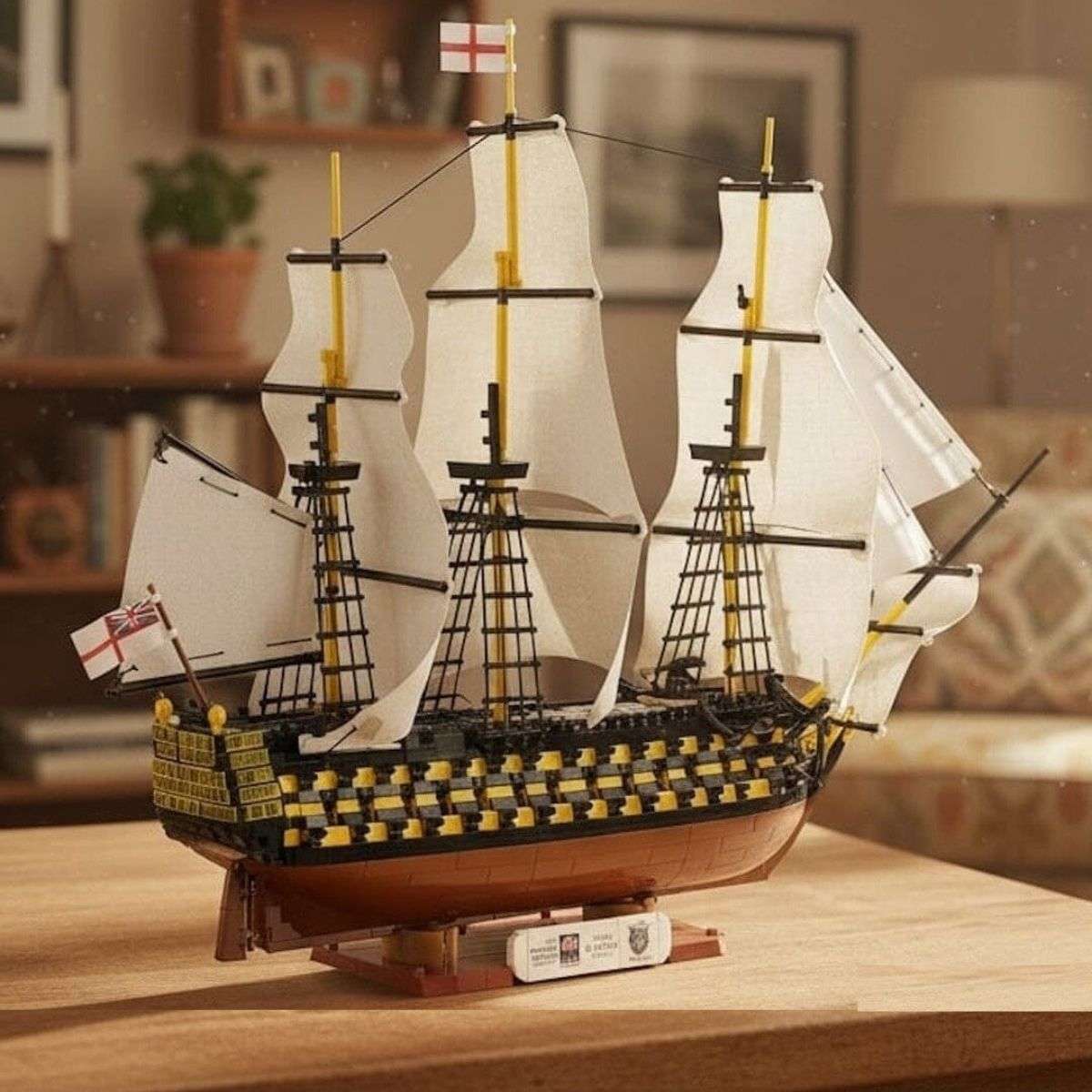
And finally...
Watch this fascinating 26 minute youtube video detailing the history of the oldest warship in the world, from a time when Britain was master of the seas.
 Skip to content
Skip to content


Richard Pardoe
Having pre ordered, when will they arrive